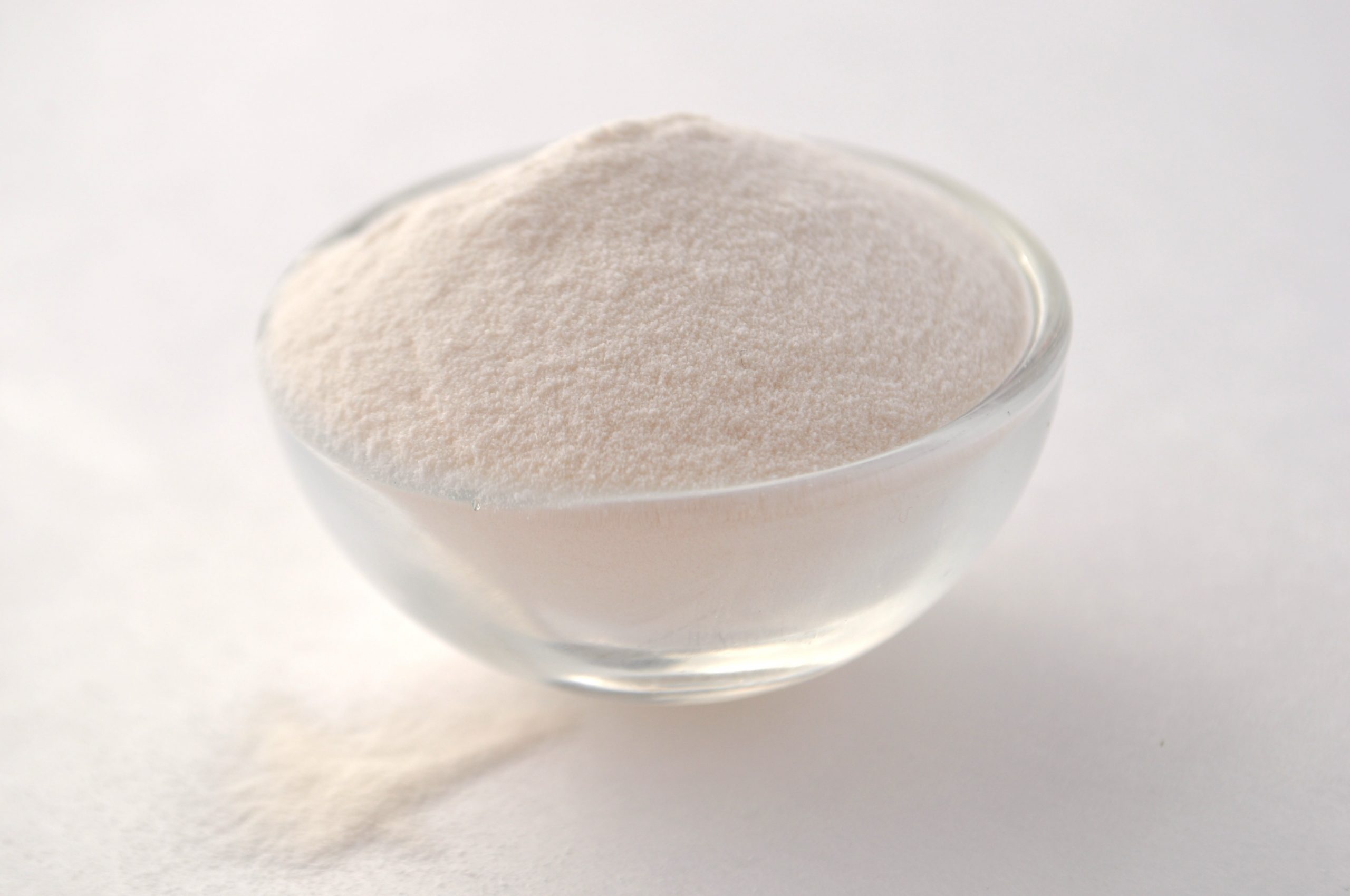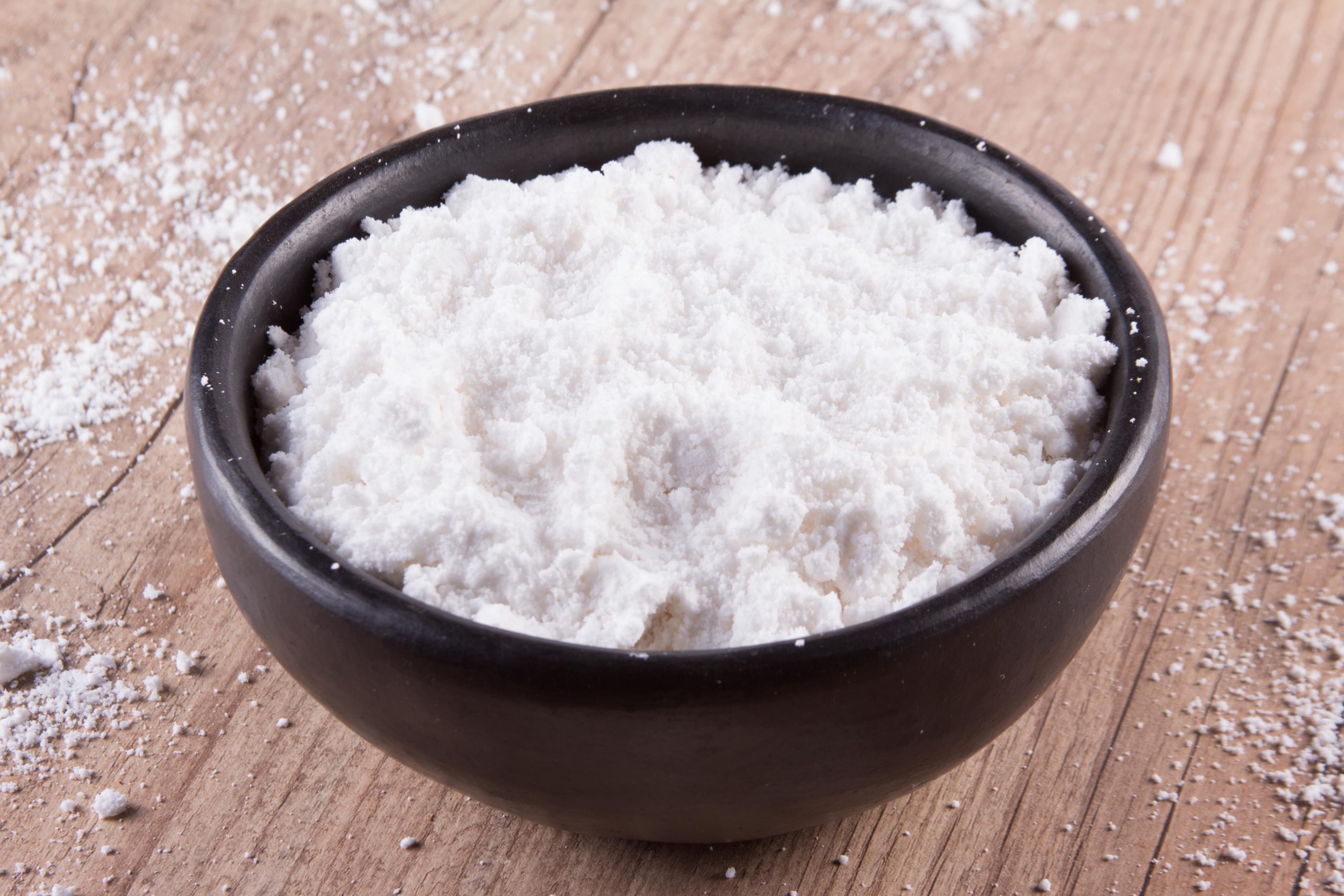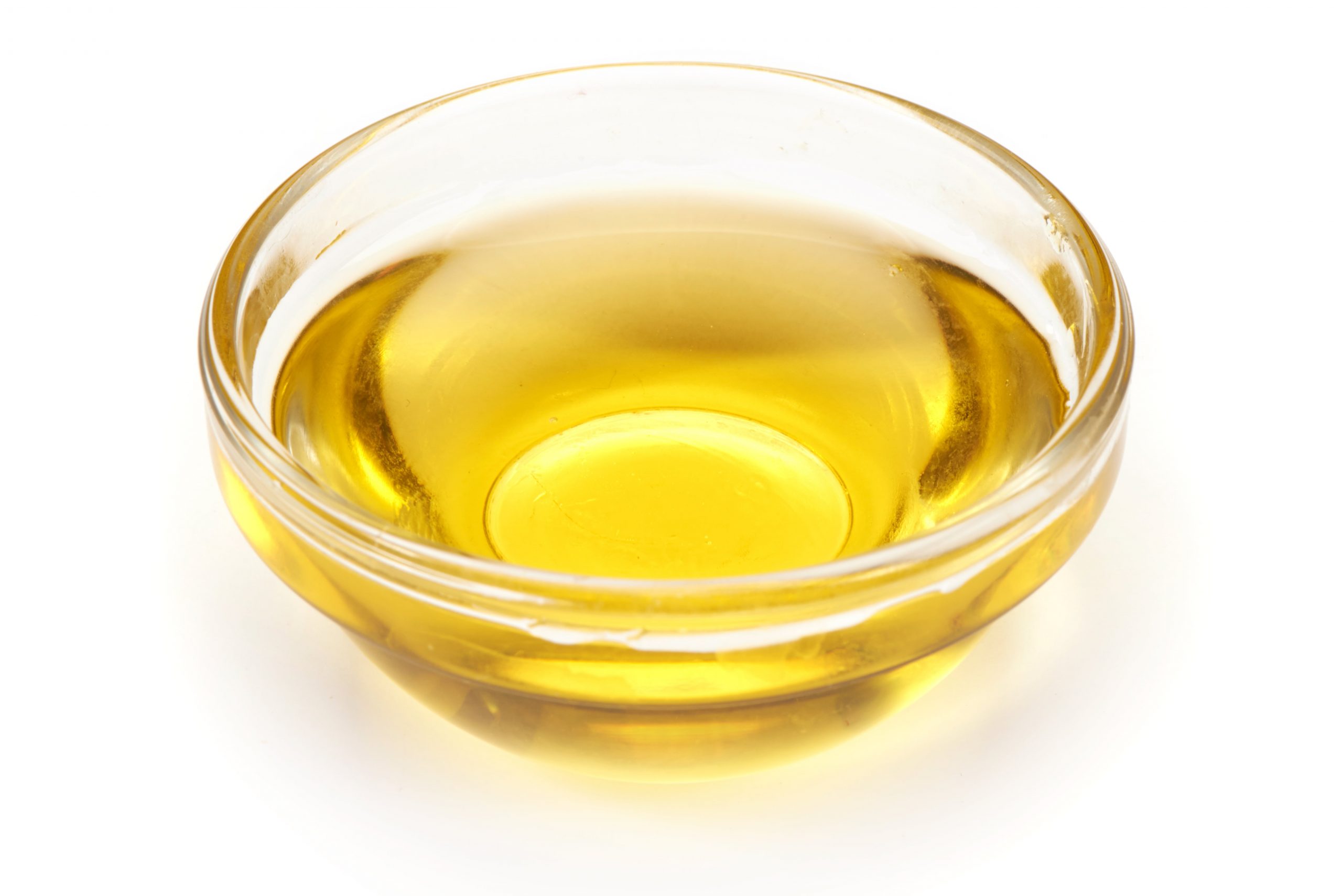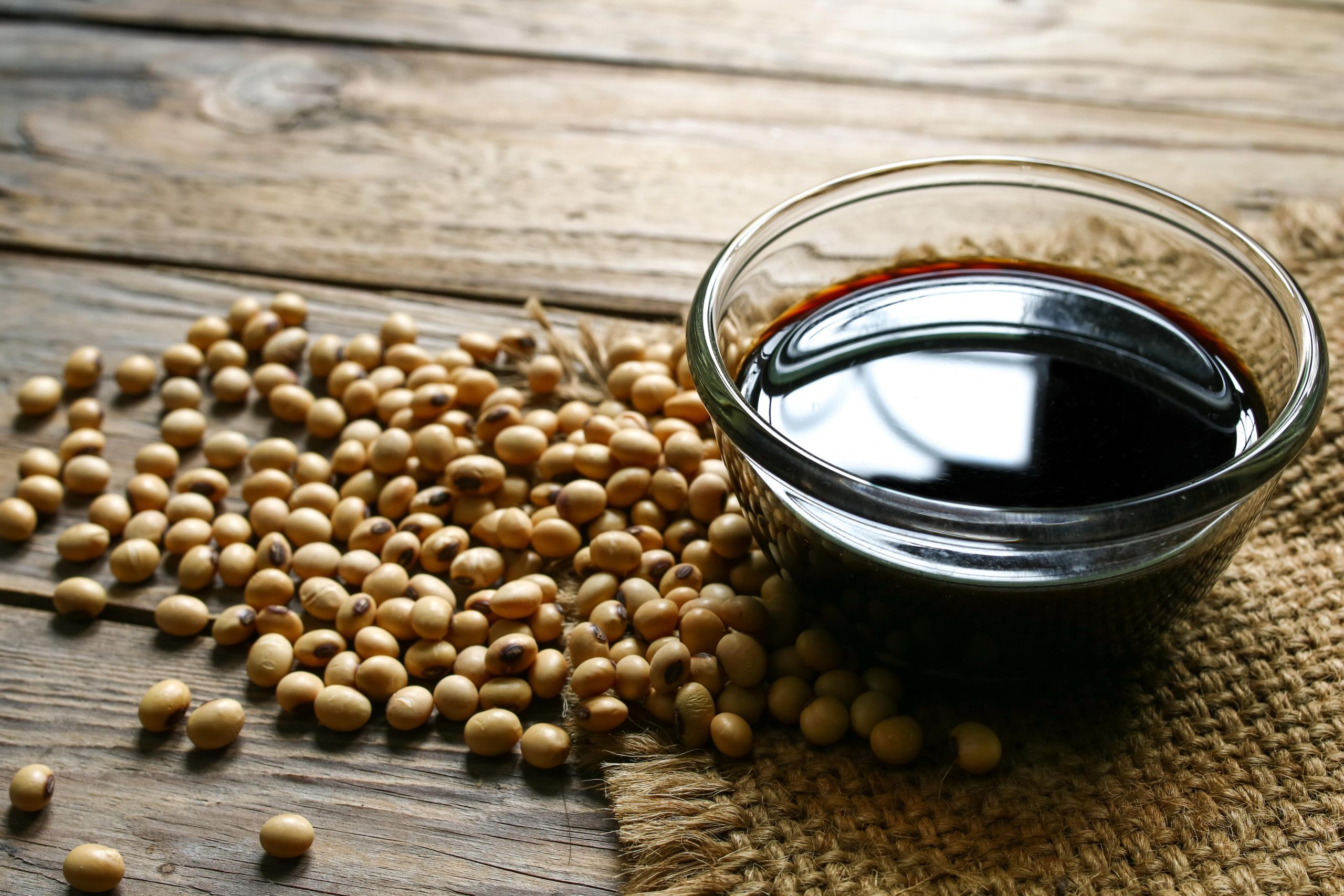Xanthan gum is a food additive present in food, industrial and beauty products. Its alternatives range from psyllium husk, ground flax seeds, egg whites to chia seeds.
Do you love baking? Do you enjoy consuming baked goods? Whether you are the baker or not, you might be specific; everything gluten-free. In such cases, you will need a substance that can help stabilize your ingredients. This is where xanthan gum comes in handy. This thickener has varied uses due to its sticky properties. Plus, if you want some consistency, maybe in your homemade ice cream, this is the substance to go for. However, if you want the effects of a thickener and a stabilizer without using xanthan gum, keep reading to find other great alternatives.
What is Xanthan Gum?
This is a food additive mainly used as a thickener. Normally, it is applied in gluten-free baking since it acts as a stabilizer. Therefore, it is important to use it when you want to make the dough sticky since it will hold your ingredients together.
However, how is it formed? You can create xanthan gum fermenting sugar with Xanthomonas campestris bacteria. Moreover, it is a soluble fiber that is safely manufactured in the lab.
What should you do if you want to get similar thickening and stabilize properties when baking without using xanthan gum? You will be pleased to know that this thickener has various substitutes that can give you similar results when baking.
Xanthan Gum Substitutes
Before going for the substitutes, it is important to remember that recipes vary. Hence, some options below might not be 100% effective as you’d get from xanthan gum. However, when you run short of xanthan gum or want to try a different thickener, you can try any of the following;
Chia Seeds
These are great alternatives to xanthan gum. They are packed with fiber and other nutrients that are beneficial to your body. You will need to add water to them and enjoy the various nutrients present. This mixture is ready to use when it becomes viscous. However, when you opt to use chia seeds and water when baking, you will have to wait for a bit longer, roughly 10-15 minutes.
The right ratio of xanthan gum to chia seeds is 1:1.
Egg Whites
When baking goods that should be firm, egg whites are a good option and a great alternative to xanthan gum. They are not only a leavening agent but helps in binding up the ingredients you are using. Unfortunately, vegans can’t enjoy this amazing option because egg whites are animal-based food products.
If you are baking cakes, quick bread, or any other which should rise, egg whites are ideal. However, their fluffy texture makes them inappropriate for kneaded bread.
Are you wondering about the right ratio? No problem. Use a 1:1 ratio; replace a tablespoon of xanthan gum with an egg white.
Gelatin
Gelatin is known for its ability of the binding property. You can take advantage of this by using it for baking muffins, bread, and so on. For every one portion of xanthan gum, you should use 2 of gelatin.However, if you are a vegetarian, you should avoid gelatin. This is because it is mostly animal-based. A great percentage is obtained from the skin of a pig. Therefore, if you are under related diets, you can avoid it.
Ground Flax Seeds
Flax seeds are a great source of omega-3-fatty acids, making them a great choice for vegetarians and vegans. Furthermore, since their carbohydrate content is low, they are good for those under the ketogenic diet.
Well, to get these and other benefits in your baked goods, you should first grind the flax seeds to bring the binding structure, then add water to make them sticky enough for thickening. For every one tablespoon of these seeds, you can add two tablespoons of water.
The right ratio when using it as a xanthan gum substitute is 1:1. This is easier since the amounts are similar.
Psyllium Husk
Psyllium husk is another great thickener. Once it is combined with a liquid such as water, it gives that binding effect. Moreover, it is a keto-friendly diet since it is low in carbohydrates. It might also help with lowering blood sugar levels, giving you an extra advantage. When using it as an alternative to xanthan gum in baked goods, you can have a 1:2 ratio. For a tablespoon of xanthan gum, have two psyllium husks.
Agar-Agar
This is another xanthan gum substitute that is also great for vegans. It is obtained from algae and has the stabilizing properties you are looking for when baking. However, if you are stick to low carbohydrate intake, this might not be the best option for you.
When replacing it with xanthan gum, use a ratio of 1:1. Also, expect a denser texture from agar agar.
Konjac Powder
Konjac Powder is a good substitute for xanthan gum. Common to Asian dishes, you can utilize its thickening abilities. Moreover, it is obtained from konjac root, is high in fiber, and has no carbohydrates or fats. The good thing is, when you want to swap it with xanthan gum for your baked goods, you will use a similar amount, thus a 1:1 ratio.
Additionally, other than the thickening property of konjac powder, studies have shown that it has some other benefits. For instance, it can help lower your high blood pressure and high sugar levels. With these in mind, you have more reason to have it as an alternative to xanthan gum whenever you are baking.
Conclusion
Xanthan gum is a great thickening agent for baked goods. However, there are times when you might run short of it or want to try out something new. This is where these gluten-free substitutes come in handy. The good thing is, there are great alternatives which can offer you similar results. However, some might not be as 100% effective as xanthan gum. Plus, if you are a vegan, you have various options to try. Moreover, if you want to go for low carbs, you are also sorted. Therefore, there are various alternatives you can use to get that thickening effect.
- Bell Peppers 101: Nutrition Facts and Health Benefits - April 19, 2024
- Products That Assist with Stress Relief - September 21, 2023
- TRÈFLE – THE ROAD TO THE 15TH - July 29, 2023









